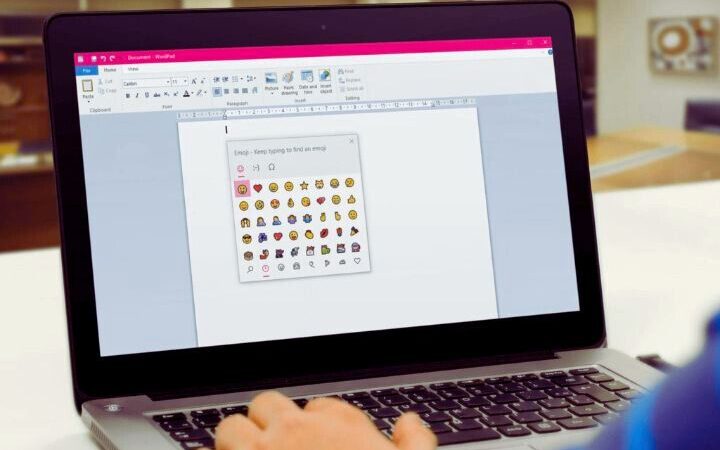How Should Adult Learning Be And Why E-Learning Is Key?

Adult Learning or Andragogy : Have you ever wondered what the differences are between teaching focused on children and that aimed at adults? We are clear that the needs of these two types of audience vary, since they are different stages of life. In this article we tell you what we do to adapt our training to the adult world.
Table of Contents
The Six Keys To Adult Learning Or Andragogy
If you are familiar with e-learning or with the educational sector in general, M. S Knowles, an American educator and researcher who has dedicated himself to analyzing learning beyond childhood and adolescence, may sound familiar to you. According to Knowles, formation in adulthood, also called andragogy , is based on 6 assumptions. Below we summarize them and give you the keys for their application in e-learning.
For Knowles, instruction for mature people differs in a series of aspects that define the main characteristics of this type of public. In this way, people who seek learning in their adulthood:
- They have formed a concept about themselves , which leads them to have great autonomy and independence. We have realized that the user must be able to be free and, for this reason, we present experiences where the objective is exploration and the encouragement of the particular search. What better than e-learning for it?
- They can learn from the experience they have already gained throughout life. As you can see, it is a precious resource that we can use in formations, for example, proposing scenes that are already familiar. In addition, e-learning allows us to create forums, chats or wikis so that students can share what they have learned, which is a great incentive since it generates social and constructivist learning.
- They want to learn what they consider necessary for their work . Therefore, we propose state-of-the-art solutions in which the user can see from the start menu what interests him without the need for a long reading.
- They want what they have learned to have an immediate application , so we leave long memorization behind and concentrate on practical training that helps on a day-to-day basis. Many of our solutions focus on offering real world scenarios, simulations, and lots of interaction.
- They are internally motivated , so it will not be necessary to offer excessive external motivation or pressure. This is where Learning Analytics comes into play, which helps us check how users react to certain experiences. These results will later form the basis for continuous improvement of our products. In fact, our LMS platform product, Moodle Go , is largely based on this aspect: analyze to progress!
- They are selective and want the knowledge they are going to acquire to serve a purpose . This is a key point that leads us to maintain close communication with content experts to ensure that our proposals are meaningful. For this reason, microformations are the ideal example, since they can be used from anywhere and at the most convenient time, allowing you to also choose the skill to develop.
Now, knowing all these keys to adult learning, we move from theory to practice by showing an example of one of our courses.
Example Of Adult Learning: Gamified Virtual Clinical Cases
This training is aimed at professionals in the health field, who need to be updated to keep up with new treatments, drugs and scientific evidence. Beyond the wide educational range in terms of master’s degrees, congresses and workshops specific to the medical field, e-learning stands out as a sure value since it is capable of fulfilling the aforementioned assumptions, more than traditional training if possible. Let’s see it!
The gamified virtual clinical cases bring together interactive videos, games and simulations under a single training action. In these trainings, the apprentice finds himself in the role of health professional, that is, he is himself and makes his decisions as an autonomous entity ( key 1 ). In addition, the situations that he faces, even if they are unknown or unexplored, take place in a familiar environment and in which, moreover, he must implement the knowledge he has learned ( key 2 ).
On the other hand, they are immersion experiences, in which the user is fully immersed in what interests them the most and develops the required skills ( key 3 ). These simulations make it possible to offer a virtual consultation in which healthcare personnel use the different phases of a clinical case (anamnesis, clinical examination, tests, diagnosis…) in a gamified progression of a real practice ( key 4 ).
The sensation of realism and immersion is given through two elements: a plausible narrative close to professional everyday life; and the characteristic pressures of healthcare practice, such as decision- making time . In addition, the fact that they are formations in the form of a (serious) game arouses the curiosity of the players and reinforces both internal ( key 5 ) and external motivation, the latter in the form of rewards such as points.
Lastly, these proposals give the healthcare professional the chance to explore the possibilities that most interest them and observe the possible effects on their patients ( key 6 ), obtaining immediate feedback without the risk that this practice would entail in real life.
Also Read : Big Data Tools






